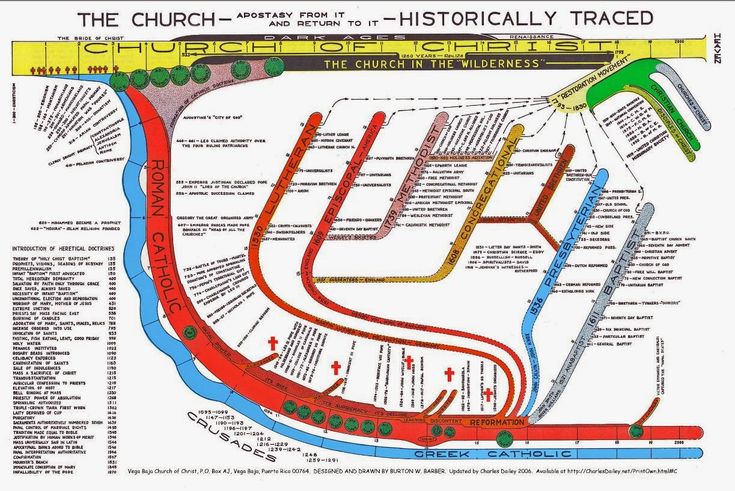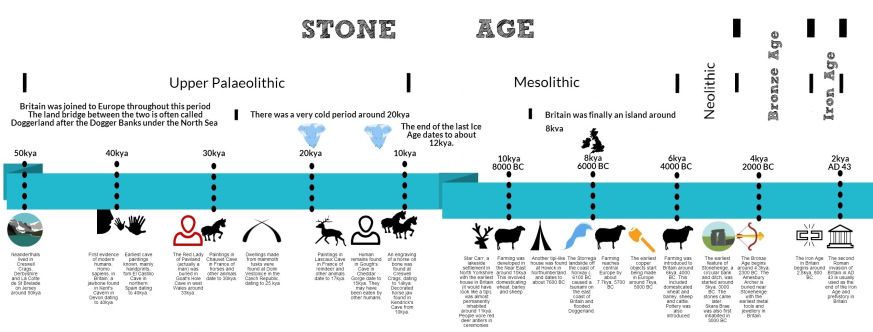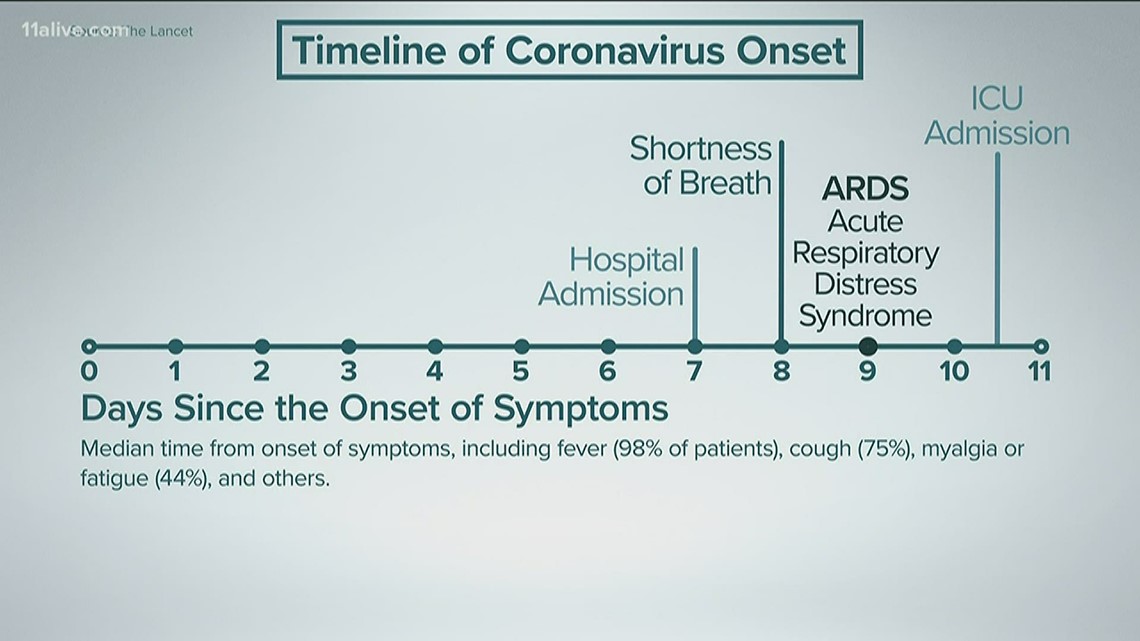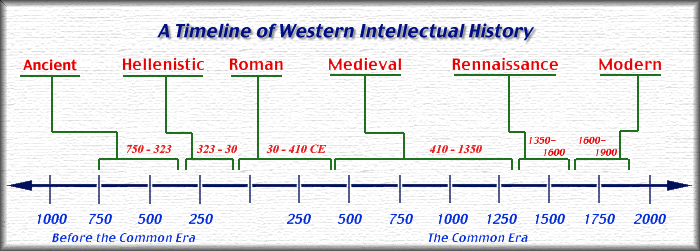Timeline of puerto rico: Puerto Rico – HISTORY
The History of Puerto Rico (1493-1898) timeline
This was Columbus’s 2nd voyage to claim lands for King Ferdinand and Queen Isabella of Spain. He and his crew spent two days on the island before sailing westward to Hispaniola, where they established the first permanent settlement in the New World.
The native people of Puerto Rico, the Tainos, called the island Borinquen. Columbus names the island San Juan Bautista (in honor of St. John the Baptist). Later, Spanish traders begin calling the island Puerto Rico.Ponce de Leon names the settlement Caparra.
The Taíno Indians’ after learning through the drowning of Diego Salcedo, that the Spanish were mortal, revolted against Spaniards with no success. Ponce de León orders 6,000 shot; survivors flee to mountains or leave the island.
Pope Julius II created two dioceses in Puerto Rico, the bishop of which were all suffragans of the archbishopric of Seville.
 The Canon of Salamanca, Alonso Manso, was appointed bishop of the Puerto Rican diocese and took possession in 1513 – the first bishop to arrive in America.
The Canon of Salamanca, Alonso Manso, was appointed bishop of the Puerto Rican diocese and took possession in 1513 – the first bishop to arrive in America.The Burgos Law is issued, by Ferdinand II, the Catholic, of Aragón, regulated relations between Spaniards and the conquered Indians, particularly to ensure the spiritual and material welfare of the latter, who were often severely treated. read the Laws of Burgos
Over time and common usage, the city and island exchange names. The port became known as San Juan while the name Puerto Rico came to be applied to the whole island.
San Jose Church is the oldest church still in use in America. more about San Jose Church
more about sugar in Puerto Rico
Concerned about potential threats from European enemies and recognizing the strategic importance of Puerto Rico, Spain began constructing massive defenses around San Juan.
 The construction of San Felipe del Morro Castle began. The fort featured 18-foot-thick walls; San Cristóbal and San Geronimo Forts also garrisoned troops. Next the Spaniards constructed a wall, parts of which still survive, around the entire city. learn more
The construction of San Felipe del Morro Castle began. The fort featured 18-foot-thick walls; San Cristóbal and San Geronimo Forts also garrisoned troops. Next the Spaniards constructed a wall, parts of which still survive, around the entire city. learn moreSir Francis Drake, hero of the battle of the Spanish Armada, with 26 vessels, in the company of Sir John Hawkins, tried fruitlessly to conquer the island and set San Juan city on fire. battle map
San Cristobal Fort becomes the largest fort in the New World. more about Fort San Cristobal
white: 216, 083
free colored: 175,791
slaves: 51, 265
TOTAL: 443, 139Governor Juan de la Pezuela Cevallos, founded the Royal Academy of Belles Letters. This institution contributed greatly to the intellectual and literary progress of the Island. The school licensed primary school teachers, formulated school methods, and held literary contests.

An army of Puerto Ricans proclaim independence from Spain. The army was quickly defeated by Spanish soldiers.more about the Grito de Lares
The Spanish National Assembly finally abolished slavery in Puerto Rico. The owners were compensated with 35 million pesetas per slave, and slaves were required to continue working for three more years. more about the abolition of slavery in Puerto Rico
more about the flag
Spain gives governing power to Puerto Rico for an island government. more about the Charter of Autonomy
On December 10, Treaty of Paris is signed (ratified by the U.S. Senate Feb. 6, 1899), treaty concluding the Spanish-American War.Spain renounced all claim to Cuba, ceded Guam and Puerto Rico and its dependent islets to United States, and transferred sovereignty over the Philippines to the United States for $20,000,000. more about the Spanish-American War
APUSH Unit 7 (1890-1945)
US History Week 3
Unit 7 1890-1945 – Part 1 Imperialism and WW1
American Imperialism
APUSH Period 7
Unit 7: Imperialistic Sticks
Alaska Purchase
United States History Chapter 18: An Emerging World Power
APUSH – Unit 7 (Imperialism & WW1)
Part 1 Imperialism and WWI (1890-1945)
APUSH – Period 7
American History
Unit 7
Imperialism Timeline
APUSH 1890-1945 Imperialism
APUSH – Unit 7 – (1890-1945) – Part 1 (Imperialism & WWI)
Imperialism- Late 1800a, early 1900s
The United States Emerging as a World Power
APUSH Period 7 (Part 1)
U. S. Imperialism Evan and Sam
S. Imperialism Evan and Sam
APUSH – Period 7 Part 1
Period 7 Part 1
United States Imperialism- Nina and Bridget
Turn of the century timeline-seyb b8
Unit 2 Timeline
APUSH Period 7 – Part 1
Unit 7 (1890-1945) Part 1 (Imperialism & WWI )
APUSH 7 Imperialism and WW1
Unit 2: Spanish American War
America Builds an Empire
Untitled Document
Puerto Rico Timeline
1898: Treaty of Paris is signed. US annexes Puerto Rico
1917: “Mar 2, President Woodrow Wilson signed the Jones-Shafroth Act. This law gave Puerto Ricans U.S. citizenship. The Jones Act separated the Executive, Judicial, and Legislative branches of Puerto Rican government, provided civil rights to the individual, and created a locally elected bicameral legislature. The two houses were a Senate consisting of 19 members and a 39-member House of Representatives. However, the Governor and the President of the US had the power to veto any law passed by the legislature. Also, the US Congress had the power to stop any action taken by the legislature in Puerto Rico.”
The two houses were a Senate consisting of 19 members and a 39-member House of Representatives. However, the Governor and the President of the US had the power to veto any law passed by the legislature. Also, the US Congress had the power to stop any action taken by the legislature in Puerto Rico.”
1922: Pedro Albizu Campos founded the Puerto Rican Nationalist Party (PN)
1937: Ponce massacre: 19 people were killed by police at a Puerto Rican Nationalist parade.
1948: Puerto Rico gained the right to choose its own governor and elected Munoz Marin. He held office until 1965
1950: Jul 3, US Pres. Truman signed public law 600. It provided federal statutory authorization for the people of Puerto Rico to write their own constitution.
Nov 1, Two members of a Puerto Rican nationalist movement, Oscar Collazo and Griselio Torresola, failed their attempt to assassinate President Truman. Torresola, was shot dead. On July 24, 1952, Truman commuted Collazo’s death sentence to life imprisonment, on the same day he signed an act enlarging the self-government of Puerto Rico.
Torresola, was shot dead. On July 24, 1952, Truman commuted Collazo’s death sentence to life imprisonment, on the same day he signed an act enlarging the self-government of Puerto Rico.
1952: Puerto Rico approved their first self-written Constitution. Puerto Rico became a self-governing commonwealth of the United States
1954: Puerto Rican nationalists opened fire from the gallery of the U.S. House of Representatives, wounding five congressmen.
1967: Luis A. Ferrre founded the pro-statehood New Progressive Party.
A non-binding plebiscite to determine the future status of Puerto Rico was not conclusive.
4,200 voted for independence (0.6%)
425,100 commonwealth (60.4%)
274,300 statehood (39%)
1993: A 2nd non-binding plebiscite to determine the future status of Puerto Rico was not conclusive.
75,600 voted for independence (4. 5%)
5%)
826,300 commonwealth (48.9%)
788,300 statehood (46.6%)
1998: March 4, The US House approved a special referendum in Puerto Rico that would allow voters to choose 1 of 3 options: continued commonwealth status, statehood or independence
39,800 voted for independence (2.5%)
5,000 commonwealth (.3%)
728,200 statehood (46.7%)
787,900 None of the above (50.5%)
2000: Oct 13, A US federal appeals court ruled that residents of Puerto Rico cannot vote in presidential elections unless the island becomes a state or the US Constitution is amended
Related meetings | CODEXALIMENTARIUS FAO-WHO
Related meetings | CODEXALIMENTARIUS FAO-WHO
Page Tools
| FAO/WHO residues of veterinary medicinal products in foodstuffs; (b) develop recommendations on maximum allowable concentrations of such substances; nine0022 (c) developing rules and regulations, as appropriate; (d) consideration of methods of analysis and sampling for the determination of residues of veterinary medicinal products in food.  | |
| Status: | Active |
| Admiring Party: | United States of America |
Related meetings
| Cooking | Venue | C | EN FR ES AR ZH EN | |||||
|---|---|---|---|---|---|---|---|---|
| CCRVDF15 | Washington District Columbia United States of America | 26/2004 | 29/2004 | Age: | CCRVDF14 9000 9000 9000 9000 9000 9000 9000 9000 9000 9000 9000 9000 CCRVDF1000 States of America | 03/04/2003 | 07/07/2003 | Agendal day: Report: | CCRVDF8 | Washington District Columbia US United States | 07/06/1994 | 10/06/1999 | SAY Report: |
| CCRVDF11 | Washington District Columbia United States of America | 15/09/1998 | 18/09/1998 | Agend report: | ||||
| Washington District Columbia United States of America | 20/10/1992 | 23/10/1992 | Agendal: Report: | |||||
| CCRVDF1 | Washington District of Columbia | / 10/1986 | 10/31/1986 | Agenda: Report: | ||||
| CCRVDF3 | Washington DC 909022 United States of America 9010 9/1008 | 009 04/11/1988 | Agendal day: Report: | |||||
| CCRVDF4 | Washington District Columbia United States | 24/19/1989 | 27/10/1989 | Speed : | ||||
| CCRVDF6 | Washington District Columbia The United States of America | 22/10/1991 | 25/10/1991 | Age: | 9000 CCRVDF9 9000009 Washington District ColumbiaUnited States of America | 05/12/1995 | 08/12/1995 | Agenda: |
| CCRVDF10 | SAN Josée | 01/11/1996 | Agendal day: Report: | |||||
| CCRVDF12 | Washington District Columbia The United States | 28/2000 | 31/03/2000 9000 nine0022 Report: | CCRVDF17 | Brequenridge, Colorado United States of America | 03/03/2007 | 07/09/2007 | Speed: | 000 CCRVDF19 9000 9000 9000 9000 9000 9000 CCRVDF Vermont) The United States of America | 08/30/2010 | 03/09/2010 | Agendal: Report: | CCRVDF21 | 08/26/2013 | 08/30/2013 | Agendal: Report: |
| CCRVDF13 | Charlelin United States | 04/12/2001 | 07/12 /2001 | agenda: Report: | ||||
| CCRVDF16 | Cancun Mexico | 08/05/2006 | 12/05/2006 | Speed: | 11/05/2009 | 05/15/2009 | Agenda: Report: | CCRVDF2 | Washington of the County of Columbia The United States of America | 30/11/1987 | 04/12/1987 | Agendal: Report: |
| CCRVDF5 | Washington District Columbia United States | 16/10/1990 | /10/10/10/10/10/10/10/10/10/10/10/10/10/10/10/10/10/10/10/10/10/10/10/10 1990 | Agendal: Report: | ||||
| CCRVDF23 | HUSUSTON The United States of America | 0/10/2016 | 09/2016/2016 | Speed: | 000 CCRVDF209 San-Juan, Puerto Rico United States of America | 07/05/2012 | 11/05/2012 | Agendal: Report: | CCRVDF22 | SAN JOSé Costa-Rica | 01/05/2015 | Agendal: Report: |
| CCRVDF24 | Chicago The United States | 04/23/2018 | 27/04 | Agenda: Report: | ||||
| CCRVDF25 | Virtual | 12/07/2021 | 20/07/2021 | Agenda nine0022 United States of America | 02/13/2023 | 02/17/2023 | Agenda: Report: |
© FAO/WHO, 2023
CHRONOLOGY: Flights of famous Cuban citizens
August 21, 2013, 13:43
Moscow. nine0003
nine0003
This is not the first time that prominent citizens of the Republic of Cuba have escaped in recent years. So, in 1993, Alina Fernandez, the daughter of the leader of the Cuban Revolution, Fidel Castro, illegally left her homeland. To escape to the United States, she used a wig and a fake Spanish passport. Subsequently, she was allowed to take her daughter Alina Salgado from Cuba.
In November 1993, 32 Cuban athletes immediately asked for political asylum in the United States. The announcement was made during the Central American and Caribbean Regional Sports Games in Puerto Rico. nine0003
In 2005, the famous dancer Rolando Sarabia fled to the USA, later joining the Miami Cuban Classical Ballet Company.
In July 2007, during the Pan American Games in Rio de Janeiro, handball player Rafael Dacosta Capota and boxers Guillermo Rigondeaux and Eris Landi Lare left the Cuban national team, but less than a month later the boxers voluntarily returned to Cuba.
In 2008, seven members of the Cuban Olympic football team fled and sought asylum. nine0003
nine0003
In March 2011, five Cuban ballet dancers stayed in Canada.
In July 2012, 23 members of the Cuban Catholic delegation, who were in the Canadian city of Toronto on the occasion of the Catholic Youth Festival, refused to return to Cuba. In the same month, Alcibiades Hidalgo, a former high-ranking party worker, who previously held the posts of Deputy Foreign Minister, Assistant Minister of Defense, and Cuba’s representative to the UN, illegally emigrated from Cuba to the United States and asked for political asylum there. nine0003
In April 2012, two actors stayed in the US to attend the Tribeca International Film Festival in New York, where they were supposed to present a film about the escape from Liberty Island. In the same month, football player Yosmel de Armos, who took part in a match with the El Salvador national team in Nashville, Tennessee, asked for political asylum in the United States.
In April 2013, seven artists from the Cuban National Ballet stayed in Mexico after finishing their tour, and six of them subsequently left for the United States.
 The Canon of Salamanca, Alonso Manso, was appointed bishop of the Puerto Rican diocese and took possession in 1513 – the first bishop to arrive in America.
The Canon of Salamanca, Alonso Manso, was appointed bishop of the Puerto Rican diocese and took possession in 1513 – the first bishop to arrive in America. The construction of San Felipe del Morro Castle began. The fort featured 18-foot-thick walls; San Cristóbal and San Geronimo Forts also garrisoned troops. Next the Spaniards constructed a wall, parts of which still survive, around the entire city. learn more
The construction of San Felipe del Morro Castle began. The fort featured 18-foot-thick walls; San Cristóbal and San Geronimo Forts also garrisoned troops. Next the Spaniards constructed a wall, parts of which still survive, around the entire city. learn more